Dawning of DEI: A new strategy for workforce diversity
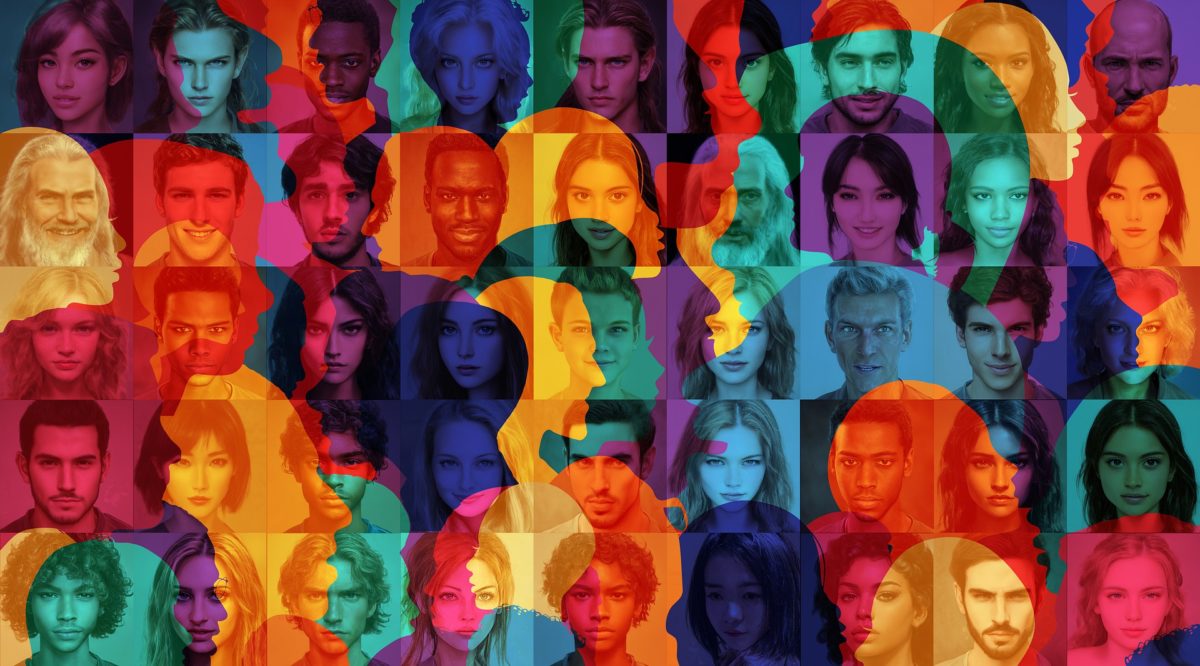
The pursuit of diversity in the workforce is hardly a new concept, but it gained a new urgency in the aftermath of the protests sparked by the 2020 death of George Floyd in Minneapolis police custody.
Today, many companies and organizations are giving the subject a greater priority by creating executive positions focused primarily on diversity ”” or to be more precise, on diversity, equity and inclusion (DEI). But will this new DEI environment achieve the results it desires?
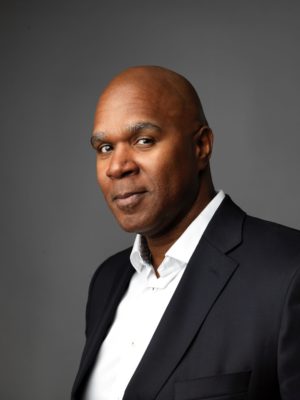
Amri B. Johnson, founder and CEO of the consultancy Inclusion Wins and author of the recently published book “Reconstructing Inclusion: Making DEI Accessible, Actionable, and Sustainable,” explained that DEI goes beyond the facile incorporation of different demographics into a single setting.
“Diversity is any mixture of similar and different attributes and their respective tensions and complexities,” Johnson said. “Equity is about fairness and access to information and context. And inclusion is about creating the conditions for people to thrive and contribute their best at work.”
Johnson recalled the initial aim for greater workplace diversity in the 1970s, when the civil rights movement and women”™s movement started to dismantle the racial and gender barriers in many companies and organizations. But two generations later, Johnson acknowledged there is still an ongoing effort to dismantle those barriers.
“I think the answer is that we”™re human ”” and in our humanity, we”™re flawed,” he explained. “And because we”™re flawed and human, we have preferences, we have certain traditions that we follow, and there are things that are convenient to us. If somebody that we encountered doesn”™t necessarily match that, sometimes ”” depending on your orientation, your levels of exposure, who you are exposed to ”” it leads you to being in a place where you might unintentionally not necessarily want to interact with somebody.”
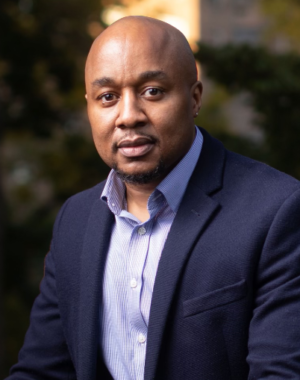
Johnson added that this biased knee-jerk reaction is “usually not a conscious thing, but it happens. So, we”™re still talking about it because we haven”™t really made it normative in our organization. There are still some situations where people miss out and we”™re not consistently creating the conditions for everyone to thrive.”
In the wake of George Floyd”™s death, Johnson stated that some companies abruptly realized that more work could be done to reshape their environments, but he cautioned that DEI is not a stopgap solution.
“Some companies are doing well because they thought about it systemically, while others are struggling a bit because they just reacted to a particular negative event that happened in the media and they felt like they had to react to it,” he said. “I hope that we can get to having more companies that look at this more systemically. But right now, I think there are still too few that that are in that space.”
In a few highly publicized cases, employees have demanded their corporate leaders show their seriousness about embracing DEI ”” most notably at Netflix in the fall of 2021 when transgender employees objected to the humor aimed at their demographic in a Dave Chappelle special and at the Walt Disney Co. in early 2022 when then-CEO Bob Chapek initially remained conspicuously silent over Florida legislation that many LGBTQ employees found offensive ”” Chapek eventually came out against the legislation, earning the wrath of many conservative lawmakers and commentators.
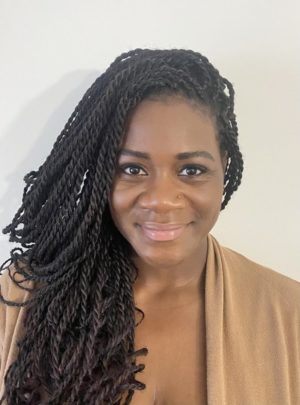
Johnson defined himself as a “proponent of light over heat,” adding that “most of the time, if we shine light on something and we can have a cool-headed dialogue about it, we can we can move in a particular direction together.” Johnson believed that creating a position specifically for DEI issues could solve disagreements and restore common ground between divided sides.
“That”™s where a skilled diversity, equity and inclusion practitioner comes in and says, ”˜We have to process the emotional content and context,”™” he said. “And then we have to go into dialogue with care for each other in our common humanity that really called us to action after George Floyd.”
The Regional Response
Within the Westchester/Hudson Valley and Fairfield County region, new attention on DEI is occurring within the academic setting.
At Rockland Community College in Suffern, the recently launched program “From Industry to Instructors: Teaching for Professionals” is seeking out a greater diversity of instructors who could share their insight and experiences with students.
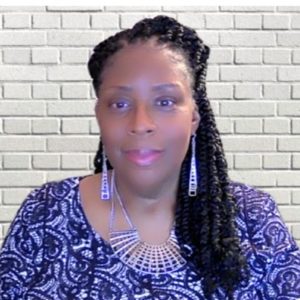
“We know that our enrollment has dramatically changed over the last 10 years,” said Melissa Roy, chief diversity officer for the college. “We have a far more diverse population of students ”” more than half of our students now identify as students of color. However, our instructional or teaching workforce does not reflect the same diversity. We were thinking about ways we could go about increasing the diversity of our workforce ”” primarily in the teaching ranks.”
The program provides both active and retired business professionals with the ability offer what Roy terms a “real world ready” perspective of what will be expected of them when they leave the classrooms and go into the working world.
“We”™re looking to do a little something extra for this current generation,” she said. “We married the two ideas of trying to find new folks to work with us in the classroom and bring great ideas to our students with this desire to give back.”
At Fairfield University, Dr. Don C. Sawyer III, will be joining the school on July 1 as the new vice president of diversity, inclusion and belonging; he will also join the faculty as an associate professor in the Department of Sociology and Anthropology. In his vice president”™s role, Sawyer will chair the President”™s Working Group on Diversity and Inclusive Excellence.
Sawyer pointed out that the new position was result of conversations between faculty, staff and students on how to address DEI concerns. For his part, Sawyer pledged to build on that foundation of conversations.
“My first priority would be to listen, because it”™s an inaugural role and it”™s a building opportunity,” he said. “As a new person coming in, I think I owe it to everyone who has been there to listen and to see what things have worked and what things have not worked, and what their visions are for the future ”” and to use that with my past experiences to help chart a path for the institution.”
Sawyer is currently vice president for equity, inclusion, and leadership development at Quinnipiac University”™s Department of Cultural & Global Engagement, and while he expressed satisfaction that more DEI leadership roles were being created he also warned that they must go beyond the corporate equivalent of window dressing.
“You have to show that there”™s an institutional commitment,” he said. “Corporations have to guard against that. If I felt that it was just going to be like a trophy position or tokenized position, it would not have been a position that I considered.”
One of the newest DEI officers in the region is Erika K. Wesley, who became the first director of equity, diversity, and inclusion at the Westport Country Playhouse in December. Wesley noted that her work would ensure a more “ensure inclusive environment for all visiting artists, as well as full-time staff,” and would also reach out to the audiences that support the playhouse.
“Externally, we”™re looking at Westport as a community that has so many organizations and corporations that are focused on DEI,” she said. “I”™ve been looking to build relationships there. And I”™m also working on creating a committee that will be comprised of on one-part board of trustees, two-part staff, and three-part community members. My goal is to be able to help me incubate some ideas for how we can move forward with our equity work.”
Wesley recommended that organizations seeking to incorporate DEI principles into their structure need to remember the most crucial elements of this equation.
“All efforts of DEI are centered around people,” she said. “One of the greatest value-adds for having this role is ensuring that you treat people well. And that should be all of our priority. The second thing is that all work needs to be done in a way that has legs. Equity work is not just something that”™s done in the immediate, but it has long-term sustainability.”